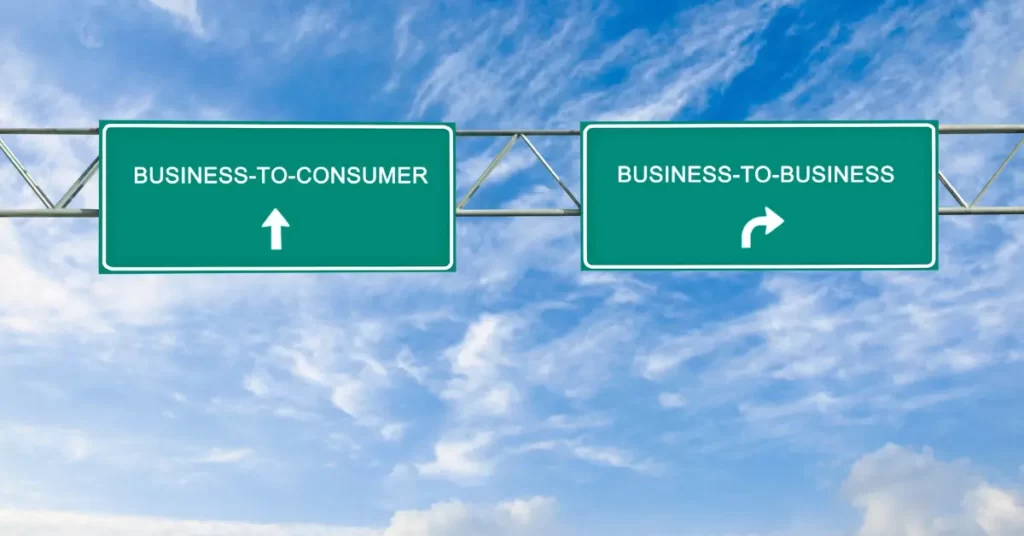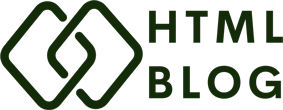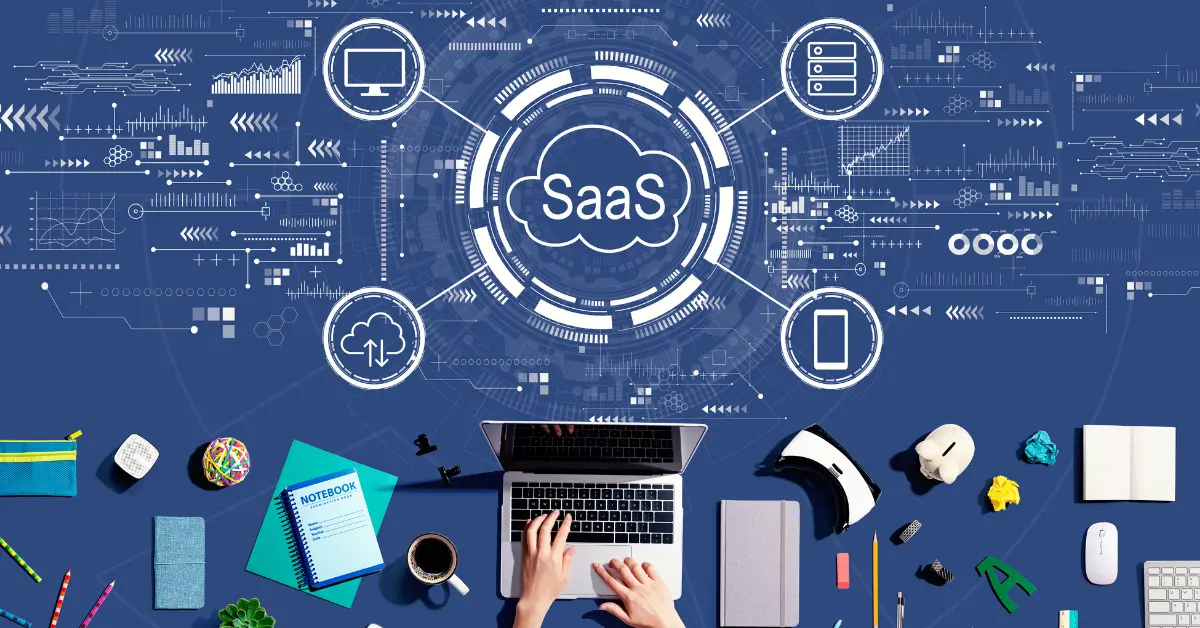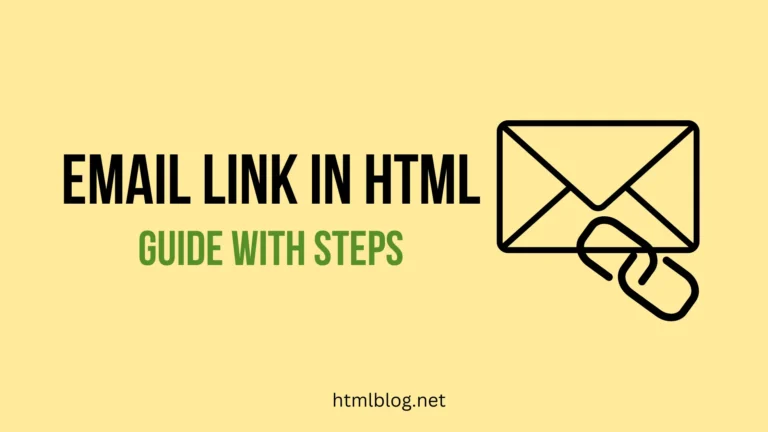What does software on demand mean?
Software on demand or Saas allows end-users to simply access the software through an internet browser, without any hassle around downloads and installations. You can access it from any device that has an internet connection and an internet browser. With SaaS, you can easily access any software and enjoy updates and upgrades, without taking any actions regarding this.
What is SaaS in simple terms?
Software as a service is software delivered on demand through the web. It is the simplest and easiest way of using software and its valuable features. It doesn’t require maintenance from your side because somebody else is taking care of that. You just need to connect your device to the internet and access it through a web browser.
What does SaaS stand for?
SaaS stands for Software as a Service. The correct way to write an acronym for Software as a Service is “SaaS”, not saas, SAAS, or sAAs.

Why SaaS is called on-demand software?
SaaS, also known as Software-as-a-Service, earned the moniker “on-demand software” due to its unique ability to provide software applications instantly and flexibly. Unlike traditional software models, where users have to install applications on their devices or servers, SaaS allows users to access software through the internet on demand. It’s like having a virtual software library at your fingertips, where you can quickly choose and use the applications you need without the hassle of installation or maintenance. Imagine having a personal concierge who delivers the software you require whenever and wherever you need it. That’s the essence of SaaS – delivering software on demand, tailored to the user’s needs, and eliminating the need for upfront investments or long-term commitments. It’s like having a software genie granting your every request!
Software on demand synonyms
Software on demand is also known as SaaS, cloud-based software, web-based software, or hosted software.
How can Saas improve your business?
Software on demand or SaaS products are created with an idea to solve some problem that you have as an individual or as a business. But SaaS will not only improve your business by solving some problems that you might have encountered. With SaaS, you can have reduced costs, saved time and energy, increased data security, and higher business and personal flexibility.
SaaS advantages
These are just some of the main SaaS advantages that you will gain if you changed some old way of work flow with the software on demand option.
- Reduced costs. With SaaS, businesses will eliminate or reduce some costs since they will not have to invest in expensive hardware and software solutions.
- Regular updates. You will have regular updates and upgrades, without high maintenance fees and expensive IT experts.
- Automated processes. Saves your time and energy with its automated functionalities and options.
- Tech Customer Support. SaaS businesses give high importance to maintaining good customer support, as this is something that is extremely important to SaaS users.
- Data Security. SaaS are using all securities measures to keep your data protected and safe.
- Work location flexibility. Accessing SaaS is very easy, you just need internet and a web browser. You can work from any location in the world, or even run your business from any location in the world.
You can invest all these saved resources in other areas of your business. That gives you more time to think about growth ideas. With fewer things to worry about and automated processes, business owners and teams will be more effective and productive. This allows them to focus on bringing more profits.
Software on demand examples
Today you will find numerous software on-demand options, for different work areas and for personal organization. Here is the list of 10 commonly mentioned SaaS examples that you probably heard of:

What is SaaS for?
Generally speaking, SaaS is for doing some actions and tasks related to modern technologies that you can’t or don’t want to do manually, but you want to do faster and better through a device. However, each SaaS has its own purpose and functionalities that can tell what that Saas is specifically for.
What is Micro SaaS?
This term refers to a smaller SaaS, run by one individual or a very small team. Micro SaaS is designed to solve a niche-specific problem. Micro SaaS has small costs, small and specific targeted customers and it doesn’t have outside funding. In addition, Tyler Tringas is a developer who is considered to be the creator of the first Micro SaaS, with his Storemapper SaaS.
Who is software on demand or SaaS for?
SaaS is created for individuals or businesses that want to solve some problem by using specific software. But unlike other software, SaaS is cloud-based, easily accessible and used online through a web browser.
How does software on demand works?
Software on demand works as software delivered on a hosted platform. The SaaS owner provides its product online for a business or individual. SaaS providers can host the product on its own servers or they make a deal with a cloud provider.
Who uses SaaS?
SaaS or software on demand can be used by businesses, freelancers or individuals for personal use. Some SaaS products are used by all of them since they help them with specific problems they all encounter.
Types of SaaS products based on their structure – Vertical Saas vs Horizontal Saas
Vertical SaaS
Vertical Saas is focused deeply on one specific niche. This type of SaaS fulfills the needs and solves problems for users coming from a specific industry. Vertical Saas is a new, fresh approach when it comes to SaaS products.
Horizontal SaaS
Horizontal SaaS doesn’t have a specific niche, but it’s created for a wide range of industries. It’s designed to solve some problems that businesses can have on a daily basis. It has a larger pool of potential customers but also has a bigger competition. Horizontal SaaS is a more mature approach than the Vertical Saas.
Types of SaaS products based on the business area they help with
1. Customer Relationship Management (CRM) SaaS
CRM SaaS products are there to help you with successful customer management. Since customers most valuable aspect of every business, these kinds of SaaS are very useful and popular.
2. Enterprise Resource Planning (ERP) SaaS
ERP SaaS products are types of software that are used within big companies, which they use for managing a wide range of their everyday processes. Basically, an enterprise can use it for running and managing an entire business.
3. Accounting SaaS
Accounting Software as a Service product helps users to manage their finances through automated processes. These kinds of software are very beneficial, as finances are crucial for any business.
5. Payment and Billing Solutions Saas
The name says it all, payment and billing SaaS are useful for managing payments. They allow you to get your payments in a simple and fast way. Customers don’t like when there is too much hassle about making payments, which can even make them to give up on a purchase.
6. Project management (PM) SaaS
Project management SaaS is helping companies to run their projects smoothly. They are designed to make communication and collaboration among team members easier, productivity high, and projects successful.
7. Human Resources (HR/HRM) SaaS
HR/HRM SaaS are products that can offer different variety of options when it comes to managing employees. They come in handy for companies that prefer to track their employees productivity, reviews, and satisfaction. HR SaaS is also very useful for companies that often hire new people.
8. Content Management System (CMS) SaaS
CMS Saas are platforms designed for website building. Not only that you can create your website, but you can also create and manage the content you want to publish on your website along the way. Before you choose CMS SaaS, see what are your needs and what is suitable for your business. Whether you run a small business, e-commerce, or you are just a beginner, you will be able to find a suitable one. Many of them are made of a combination of HTML, CSS, PHP, Javascript and others, but there are other options as well.
9. Collaboration and Communication Saas
Collaboration and Communication Saas are one of the most popular types of SaaS. Their main benefit is that they allow file sharing and instant communications among team members. This type of SaaS basically becomes part of the company culture. These software solutions can help increase and keep efficiency and productivity.

Types of SaaS products based on their business model
There are two main business models when it comes to SaaS companies. Those are B2B SaaS and B2C SaaS.
What is B2B SaaS?
B2B (Business2Business) Saas represents a SaaS company that provides services/products to other companies. They are designed to optimize business processes, reduce costs and increase revenue. For B2B SaaS it can be easier to target potential customers than it is for B2C SaaS.
What is B2C SaaS?
Business2Consumer or B2B SaaS represents a Saas company that sells products and services directly to the end-user of a product or a service. B2C SaaS target customers are all individuals that need their software for personal usage, on a daily basis.
B2C vs B2B SaaS
Firstly, main difference between B2C and B2B SaaS refers to their target audience. Secondly, B2B SaaS are oriented to attract and help other businesses, B2C SaaS are designed to provide services to the end-user, that can be any of us. Thirdly, since there are more individual personas than businesses, we can say that B2C SaaS has a larger pool of potential customers.
Moreover, B2C and B2B SaaS have different churn rates, different social media approaches, different marketing approaches, sales cycles and different customer budgets.
Perpetual license vs SaaS
SaaS is a subscription-based model where a user pays a recurring fee in order to access the software. While with a Perpetual license you gain access to a software indefinitely and you pay it in full upfront. The perpetual model is an older model. And subscription-based model came later. Many companies that used a perpetual licensing model are switching to a subscription model.
SAS or SaaS?
These are two different things. SAS stands for Statistical Analysis System and it’s used for Data Analytics. While SaaS stands for Software as a service and it can have different use cases.
Can the software on demand be provided by a company that allows you to license software monthly?
Yes, a company that allows you to license software monthly is an example of a cloud service.
Conclusion
Software on demand is definitely the most convenient way of using software for any individual, small business or large business. It is cost-effective in different ways. It saves time, human resources, maintenance, and development costs.
SaaS products are already solving so many problems for numerous businesses and individuals. And you can see them in different industries niches and activities. But, at the same time, it has so much space for growth. The software on demand industry is growing by 18 % each year, which means we can expect many new ideas and upgrades to arise in the future.




